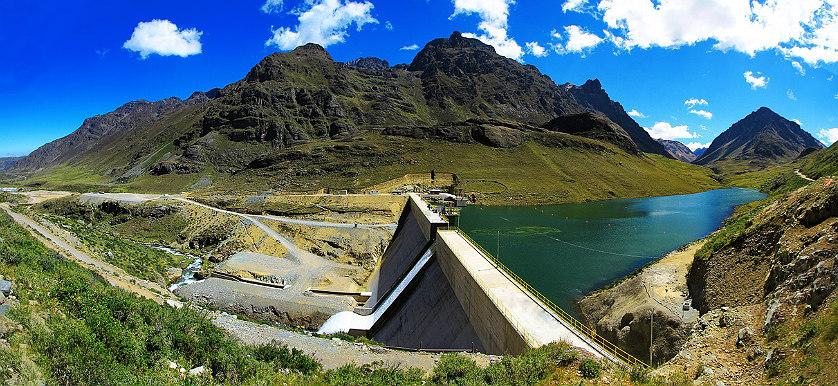KPI of the Day – Utilities: # Power plant load factor

Definition
Measures the ratio of the total power generated (MWh) to the operating capacity over a designated period of time.
Purpose
To monitor the capacity utilization and the efficiency of the power plant.
Recommendations
Many companies disclose load factors for their major plants. When comparing load factors over time, it is important to remember that large quarter-on-quarter seasonal changes are likely to occur, which can lead to more significant year-on-year changes.
In the utilities industry, a # Power plant load factor that maximizes output while reducing the average $ Cost per unit of MWh is preferred. In practice, the KPI can be influenced by functions of demand and production.
The # Power plant load factor is a measure of variability in electrical consumption, and it is frequently used together with the # Availability factor, # Capacity factor and # Utilization factor to provide an extensive overview on performance.
A low # Power plant load factor may reflect on significant variances in electricity demand, while a plant operating at its desirable full capacity will most likely exhibit a high # Power plant load factor.
Considered a valuable tool for generating cost estimates, the # Power plant load factor can be driven by technical efficiencies of the plant in terms of usage capacity for a given amount of supply. Hence the related costs with electricity generation and distribution.
Some recommendations on optimizing the # Power plant load factor thus include the following:
- Complying with industry standards and technical procedures aimed at improving the utilization capacity of the power plant;
- Applying for grants to be invested in R&D and modernization plans for the plants, hence supporting the optimization of their maintenance costs;
- Assessing the level of the # Power plant load factor in the power utility sector, to determine strategies that reduce the impact of different variables (e.g. pipeline transmission costs, energy consumption costs) on the # Power plant load factor.
A higher level of this KPI usually means higher output and a lower cost per unit. It shows that an electricity generator can sell more electricity at a higher spark spread.
Image source:

Tags: KPI, Utilities performance





